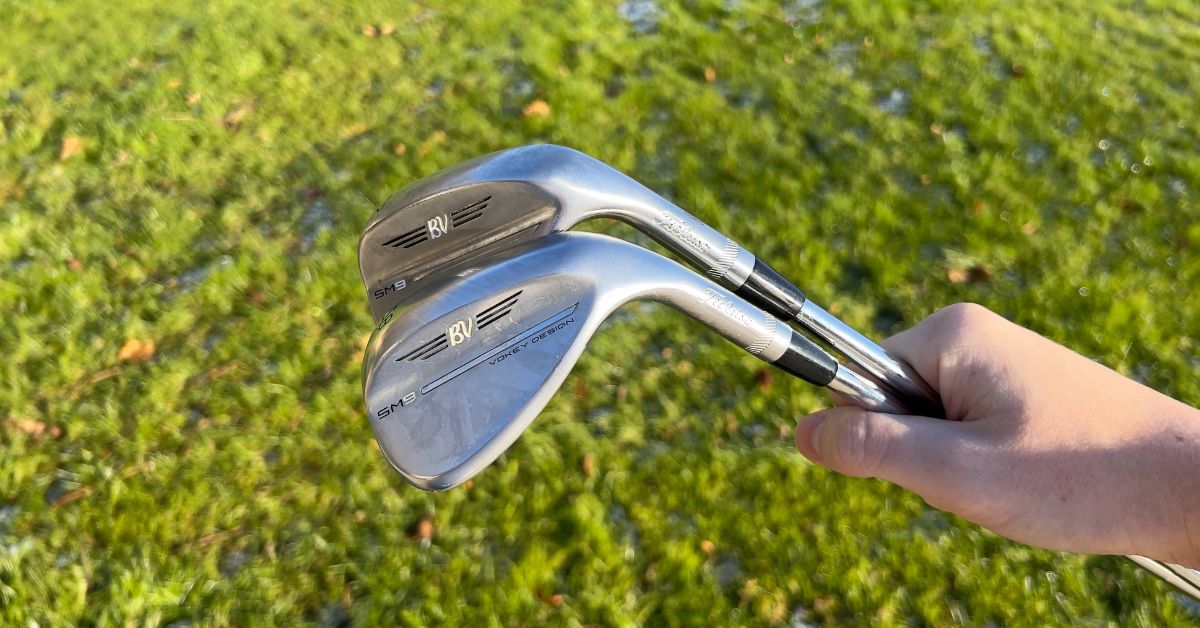Some golfers choose to alter the loft on their wedges to help with gapping. This enables them to evenly space distances, improving both accuracy and consistency with approach shots into the green.
To strengthen or weaken the loft of a wedge, it can be bent. However, some golf clubs are more malleable than others due to varying manufacturing methods.
In this article, you’ll learn if you can bend Vokey wedges. Also, find out exactly how altering the loft of a wedge affects the bounce in the sole.
Can You Bend Vokey Wedges?
Yes, Vokey wedges can be bent to alter the degree of loft and bounce. However, they can only be bent a couple of degrees without risking permanent hosel damage. This is because Vokey wedges are cast rather than forged. Strengthening the loft reduces bounce while weakening the loft increases bounce.
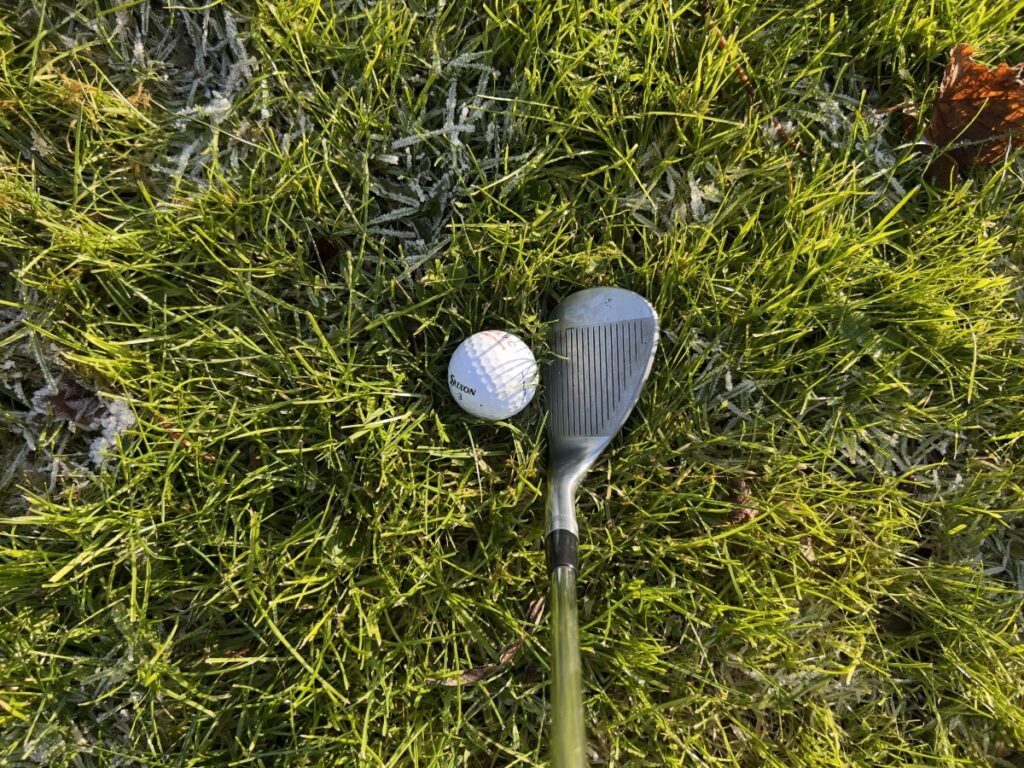
How Much Can You Bend a Vokey Wedge?
Typically, forged golf clubs are easier to bend and adjust the loft angle and lie angle. This is because they are made from a softer metal, which enables the club head to be shaped into the chosen design in the first place.
On the other hand, cast wedges can be more difficult to bend. This is because they are often manufactured with harder metals, limiting the scope for flexibility down the line.
Vokey wedges are cast, as opposed to forged. However, you can bend Vokey wedges up to a couple of degrees stronger or weaker with no problems — but any further can risk breaking the hosel. Vokey wedges offer this flexibility as they are cast with relatively soft metal.
“We cast the softest metal available, 8620 mild carbon steel.”
Bob Vokey — California Golf News
A famous example occurred in 2001 — Tiger Woods won the Players Championship with a 58-degree Vokey sand wedge bent to 56 degrees. This provided him with sufficient gapping to the 60-degree lob wedge he was also carrying. Although, bending the wedge 2 degrees strong reduced the bounce from 8 degrees to 6 degrees. So, Bob Vokey “lightly touched the heel” to offer more relief out of the sand.
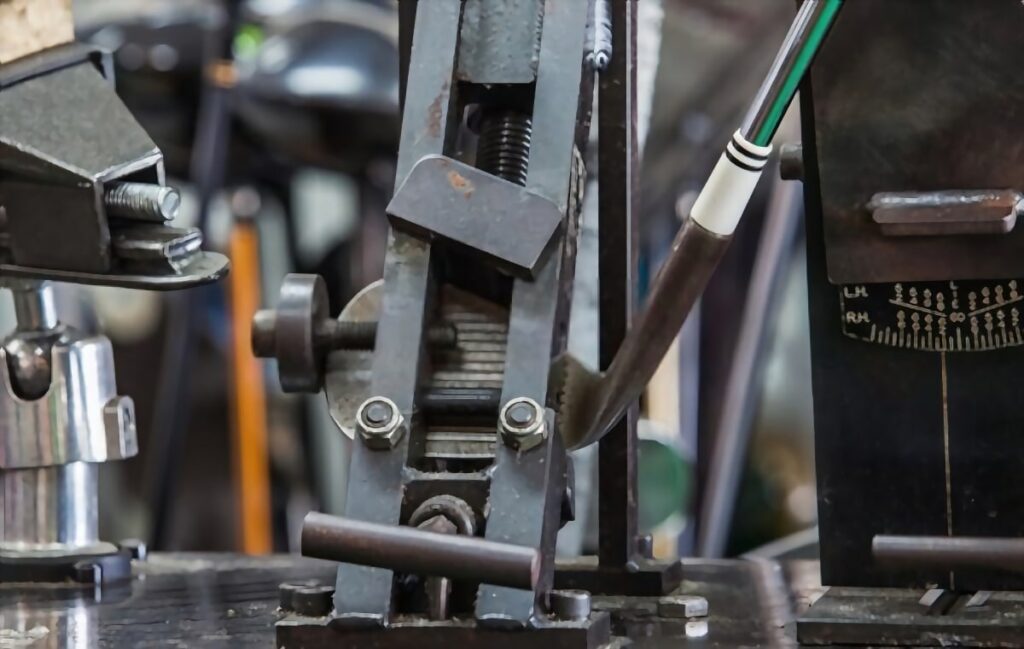
Why Do Golfers Bend Wedges?
Golfers choose to bend wedges for three primary reasons:
- Lie angle
- Loft angle
- Bounce angle
Each of these variables has a significant impact on accuracy and consistency in golf, particularly approach shots with wedges. Let’s take a look at each reason in detail.
1. Lie Angle
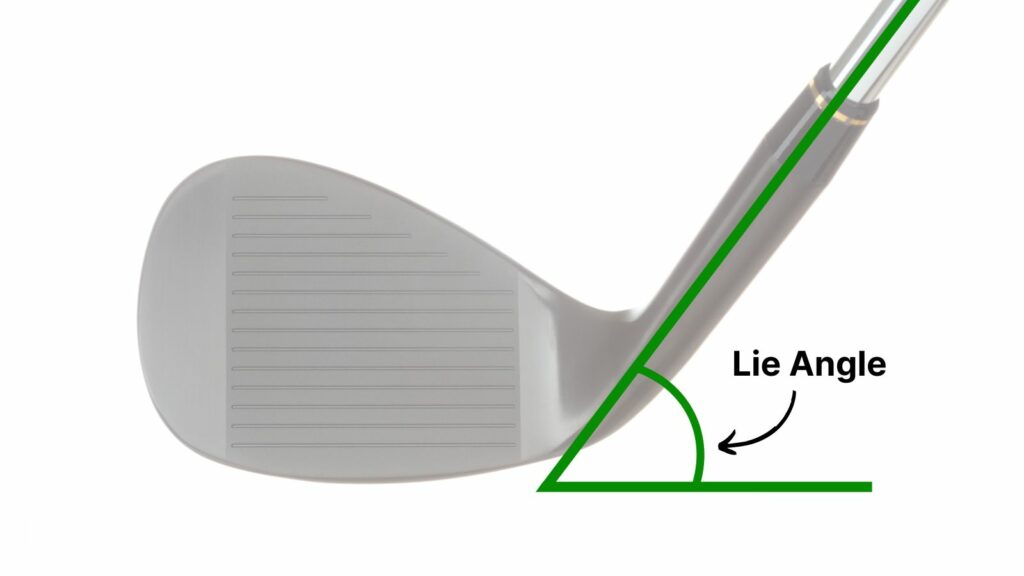
Firstly, many golfers bend their wedges in order to adjust the lie angle.
Lie angle is the angle created between the center of the shaft and the sole of the club head when the club is set behind the ball in the address position.
Lie angle can vary based on your height and the relative position of your hands. If your clubs are too upright, then the toe is angled down slightly and the ball will travel left of your target. Conversely, if your clubs are too flat, then the heel will be angled down and the ball will travel right of your target.
Wedges can be bent laterally to alter the lie angle so that it suits your individual setup.
Essentially, having the correct lie angle will make you a more accurate golfer. With a proper lie angle, the center of the sole will rest squarely on the ground when you rest the club head behind the ball. This gives you the confidence to hit the ball straight.
2. Loft Angle
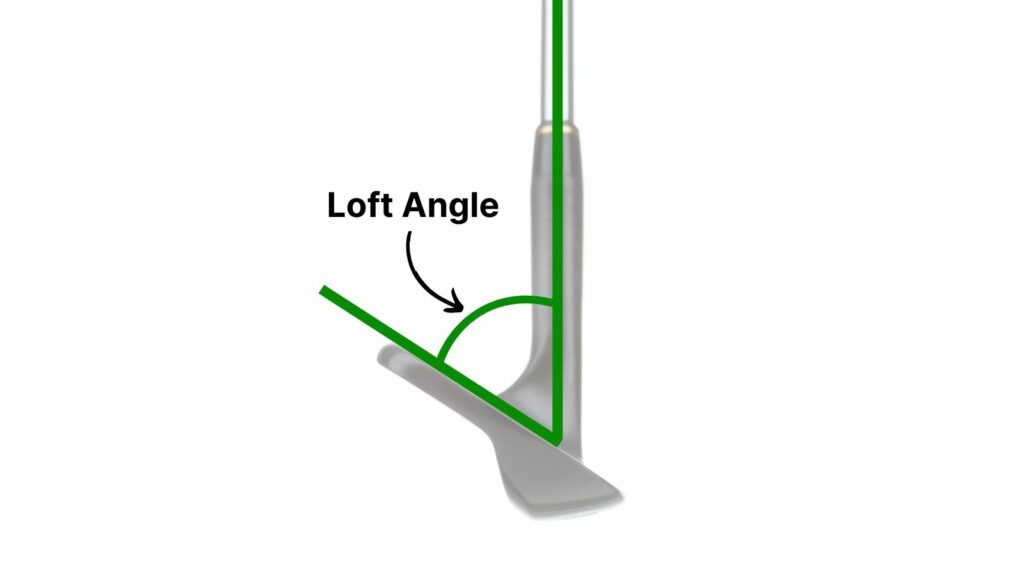
Secondly, golfers can choose to bend their wedges to alter the loft angle.
Loft angle is the angle between the clubface and the ground. This angle — denoted by degrees — will directly affect the distance the ball will travel.
The main reason a golfer would choose to alter the loft angle is to refine their gapping. Experienced golfers want to hit their wedges to exact distances with a full swing, so having the correct distance gap between each wedge is highly important.
Wedges can be bent to alter the loft angle, which directly changes the distance.
Refining the loft of your wedges allows you to evenly space out distances and ranges, so you can have confidence in your full shots. For instance, in the Tiger reference from earlier, he had his sand wedge bent to provide sufficient gapping to his lob wedge.
3. Bounce Angle
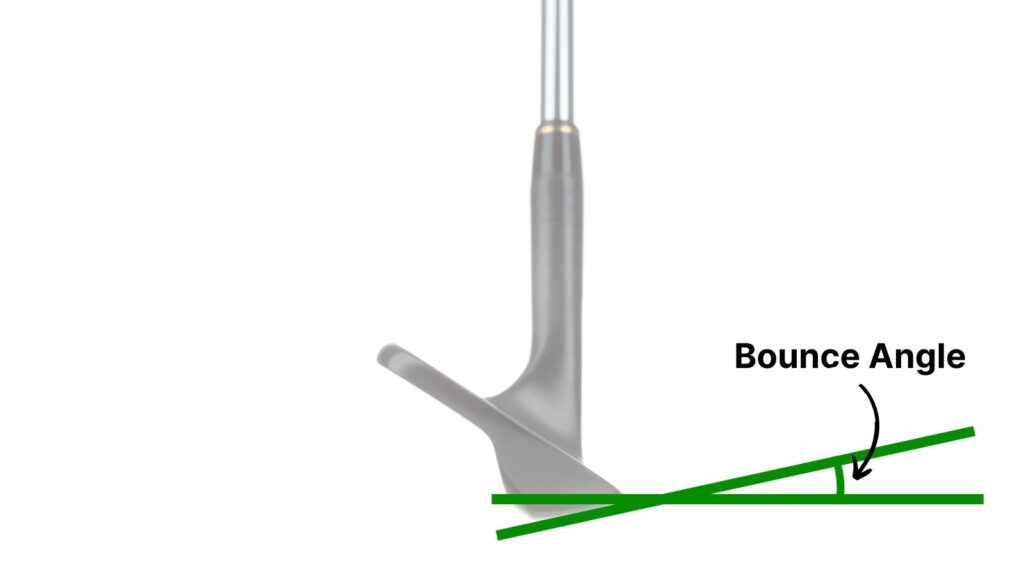
Thirdly, altering the loft of a golf club directly affects the bounce.
Bounce angle is the angle created between the leading edge and the lowest point of the sole, or trailing edge of the golf club.
The bounce relates to the difference in sole grinds on the wedge. Increasing the bounce angle makes it easier to play off fluffy lies or sand. Conversely, decreasing the bounce is preferred for tighter lies where the leading edge needs to sit closer to the ground.
When wedges are bent to alter the loft angle, the bounce is altered by the same degree.
For instance, strengthening the loft of a wedge from 60 degrees to 59 degrees has the effect of removing 1 degree of bounce.
In the video below, David Dusek summarises the reasons why pro golfers change the loft of their wedges by as little as 1 degree:
How to Bend Golf Wedges
As it involves such precise margins, I recommend reaching out to a custom club fitter who is capable of bending your wedges to an accurate degree.
However, if you’re looking to experiment with adjusting your wedges at home, follow the simple step-by-step process outlined below.
Before You Start
You will need a couple of tools to bend a golf wedge:
- Bending machine
- Bending bar
- Electrical tape
Let’s start by setting the club up correctly in the bending machine.
1. Check the Grooves
Firstly, place the club in the bending machine.
Then, check that the grooves on the clubface are running parallel to the machine. This ensures that the club is positioned correctly in the machine.
PRO TIP: Place some electrical tape on the club head to prevent any scratches from the bending machine during the process.
2. Position the Bending Bar
Next, let’s think about where to position the bending bar in the machine.
If you’re bending to alter the lie angle, position the bending bar on the same plane as the club head — i.e. parallel to the clubface.
On the other hand, if you’re bending to alter the loft angle, position the bending bar such that it sits perpendicular to the club head.
Then, clamp the bending bar in the center of the hosel. The lower you can position on the hosel the better, but it can be difficult to get any flexibility if it’s too low.
PRO TIP: If you’re adjusting both lie angle and loft angle, consider bending at a 45 degree angle to reduce the number of bends.
3. Bend the Club
Finally, it’s time to bend the club to the desired angle.
The most effective technique for bending golf clubs is to apply smooth, gradual pressure on the bending bar. This ensures that the club bends, without risking a break.
Ease in and out of the bend, and check to see if you’ve reached your chosen angle.
PRO TIP: Avoid fast, jerky movements when bending the club, as this can risk breaking the hosel.
Check out the video below by the Mobile Clubmaker for the full process:
Conclusion
You can bend Vokey wedges up to a couple of degrees, making the loft either stronger or weaker. Typically, golfers bend their wedges for three main reasons:
- Lie angle
- Loft angle
- Bounce angle
Ultimately, bending your current wedges is a great option to refine the lie angle and loft angle, which in turn alters the bounce.
While it’s possible to bend your wedges at home, I recommend you send them to a custom club fitter. The margins are fine, and you don’t want to risk breaking them!

